
Supplementary Material for Our Paper
Multi-Class (Anisotropic) Electrostatic Halftoning
Home
About Us
People
Teaching
Research
Publications
Awards
Links
Contact
Internal
Multi-Class (Anisotropic) Electrostatic Halftoning
Tradeoff Parameter in
Multi-Class Sampling
Similar tradeoffs to those in multi-size halftoning occur when
halftoning with non-independent colours and when sampling with
different classes of objects. This page illustrates the influence of
the tradeoff parameter 0 ≤ α ≤ 1 introduced in our
paper. Here, we use two classes of objects illustrated by red and blue
dots, respectively. As before, these concepts immediately carry over
to an arbitrary number of classes.
Each row of images show the sampling result using a different value of
α. Shown are, from left to right, the total set, and the red and
blue subsets, respectively.
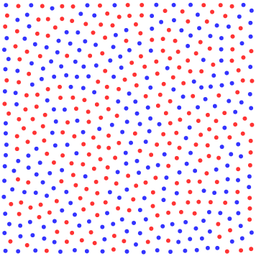 |
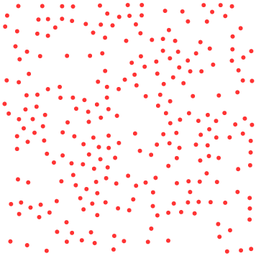 |
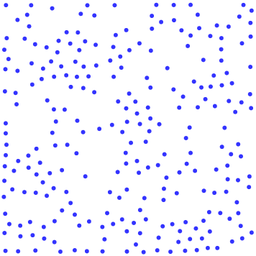 |
| α = 0/6 | ||
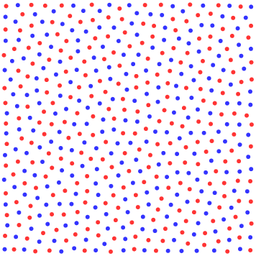 |
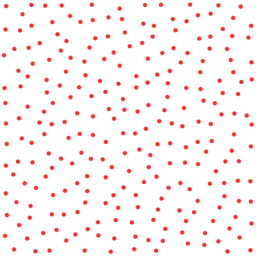 |
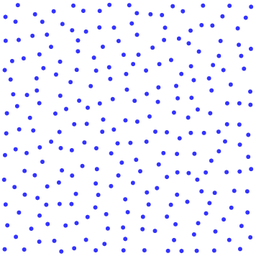 |
| α = 1/6 | ||
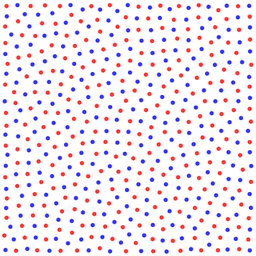 |
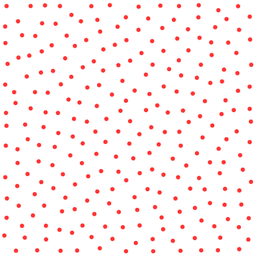 |
 |
| α = 2/6 | ||
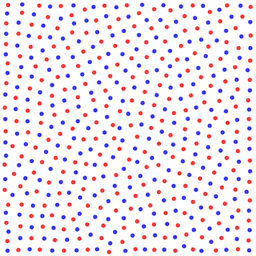 |
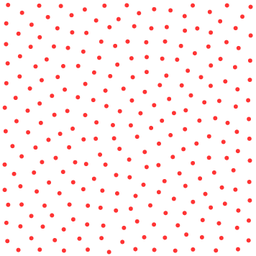 |
 |
| α = 3/6 | ||
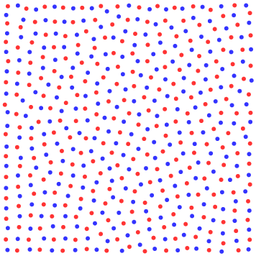 |
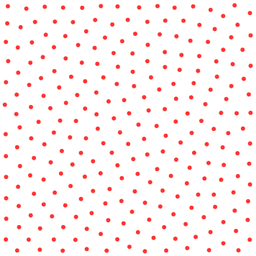 |
 |
| α = 4/6 | ||
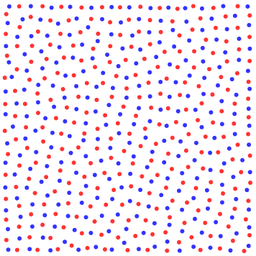 |
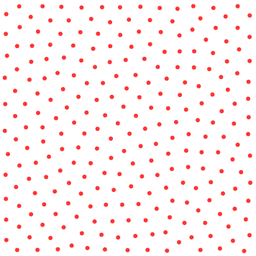 |
 |
| α = 5/6 |
As can be seen, the parameter α deals as a tradeoff between a good representation of the total set of particles and good representations of subclasses in multi-class sampling applications. Small α cause clusters in the subsets corresponding to single classes, while large α generate clusters in the total set to improve the approximation of the single classes. Depending on which representation is more important, α should therefore be chosen application dependent.
The images for α = 1 are not shown because the particles from both classes are distributed independently in this case.
< Influence of C Main Page Examples >
MIA Group
©2001-2023
The author is not
responsible for
the content of
external pages.
Imprint -
Data protection